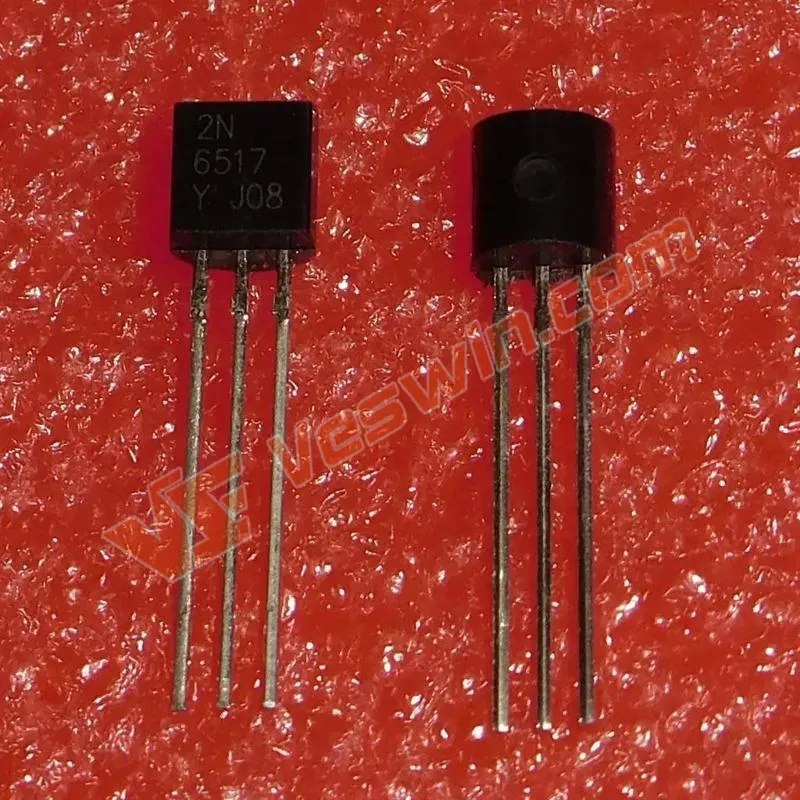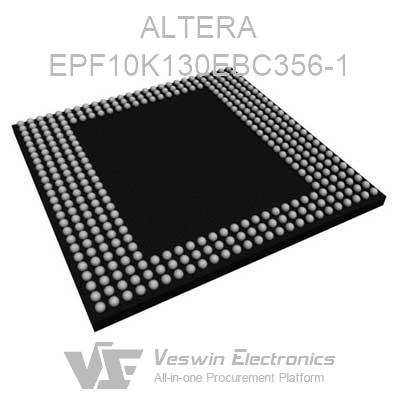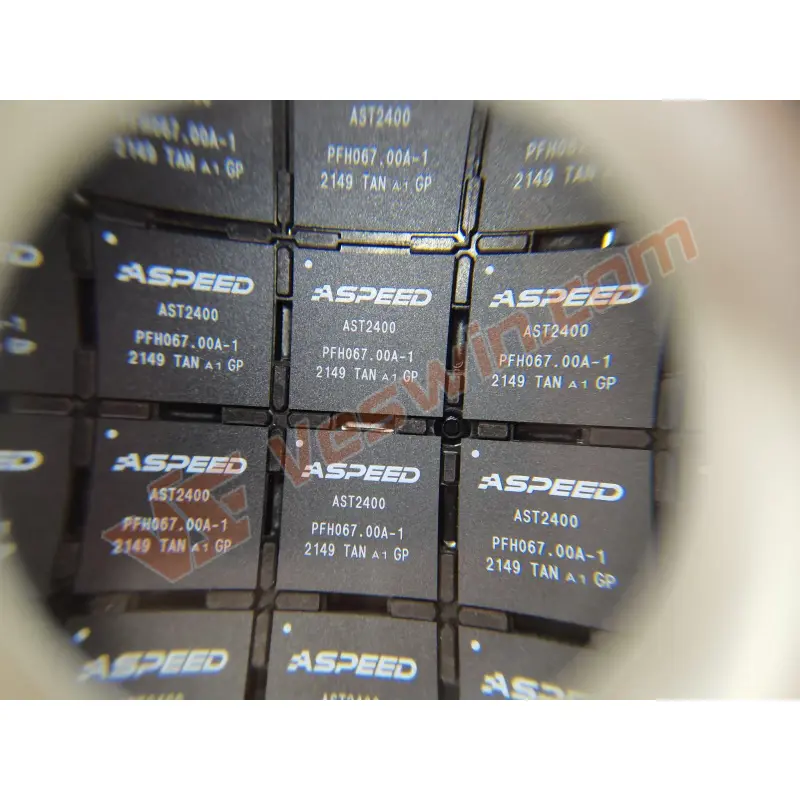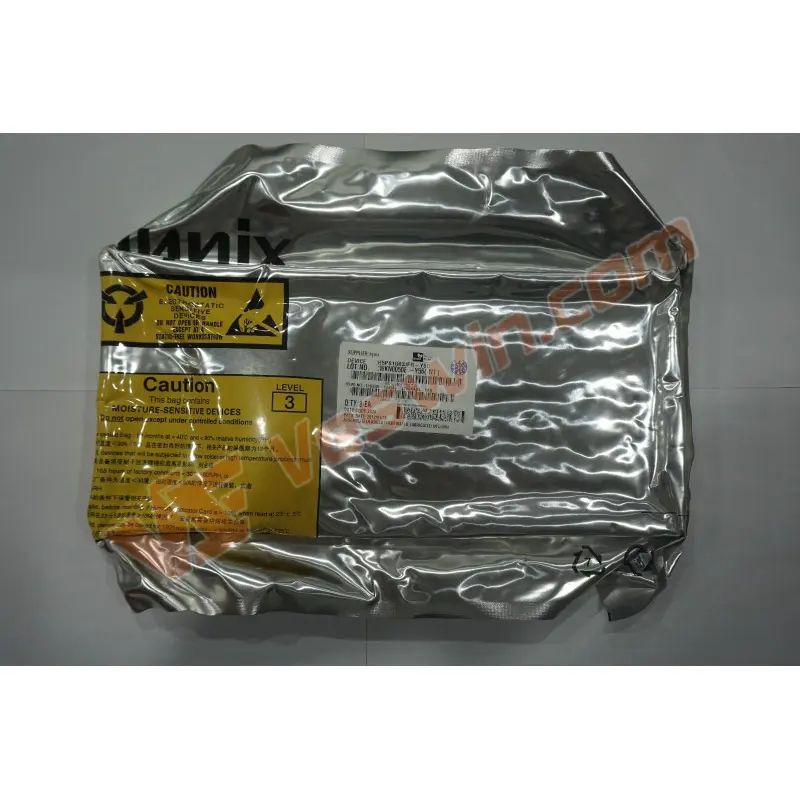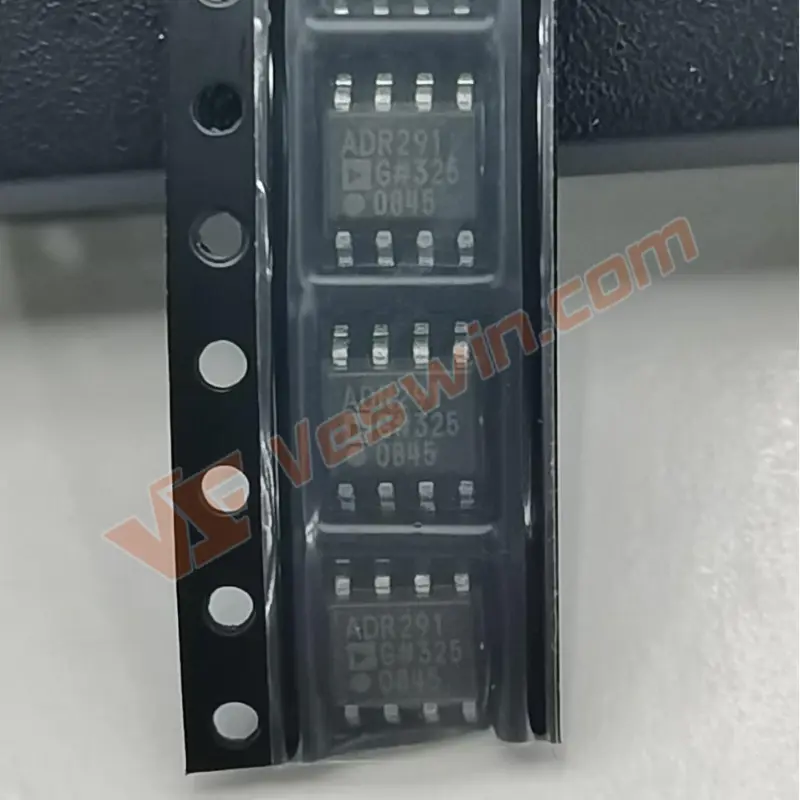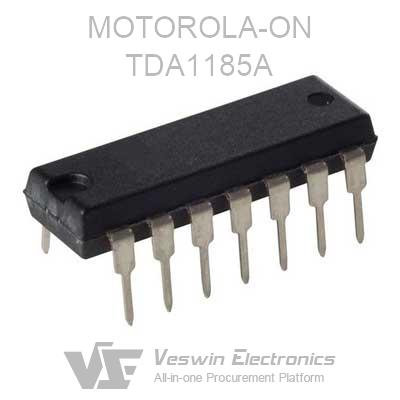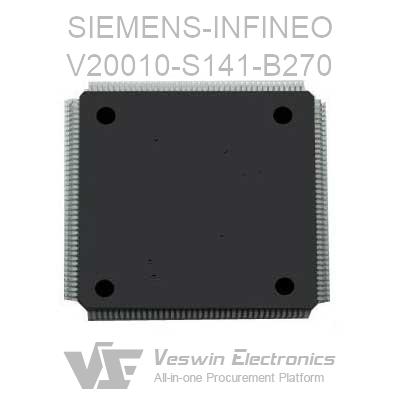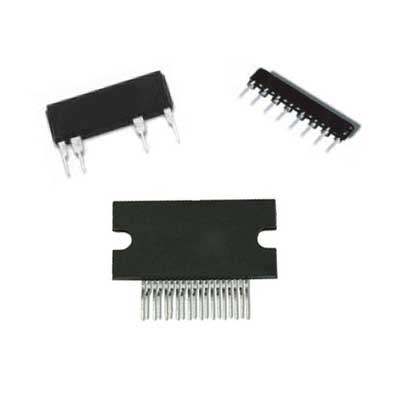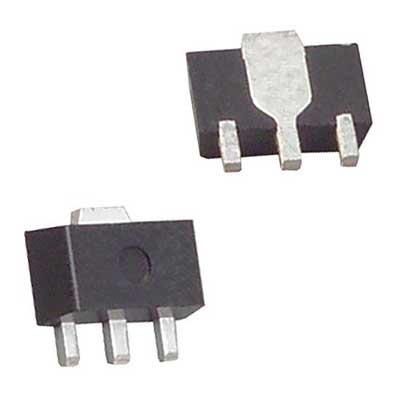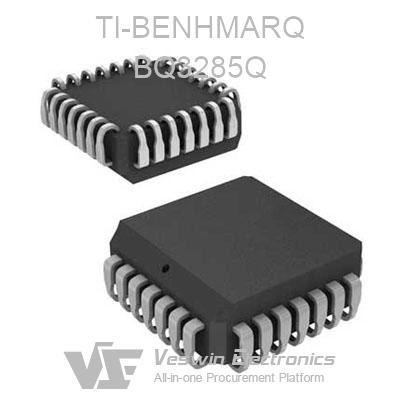Infrared is an electromagnetic wave with wavelengths between visible light and microwaves, ranging from 760nm to 1000um, and can be roughly divided by wavelength into.
- Near-infrared NIR (0.7~1.1um)
- Short-wave infrared SWIR (1.1~3um)
- Mid-wave infrared MWIR (3~7um)
- Long-wave infrared LWIR (7~30um)
- Far infrared FIR (30~1000um)
Although the human eye cannot directly observe infrared light, infrared light is everywhere in nature. In addition to ultraviolet and visible light, more than half of the energy of sunlight falls in the infrared region.
The various wavelengths of infrared often correspond to different physical processes and are used in different applications. For example
01 Near-infrared is close to visible light in wavelength but invisible to the human eye. And can be used in conjunction with human-eye safe lasers for illumination or as beacons and is widely used for night vision lighting and communication.
02 Since the vibrational and rotational leaps of material molecules mostly correspond to near-infrared and short-wave infrared energy, the 0.9~2.5um band is often used for spectral analysis, and some gas detection makes use of molecular leaps in mid-wave and long-wave infrared energy.
03 Any object with a temperature above absolute zero (-273°C) emits electromagnetic waves outward, i.e., thermal radiation. Natural objects at room temperature of about 20°C radiate outward electromagnetic wave energy mainly in the long-wave infrared (~10um), so long-wave infrared is often used for thermal imaging and non-contact temperature measurement.
04 At high temperatures, the main energy of the object's thermal radiation is shifted in the short-wave direction, so short-wave and mid-wave infrared can be used for thermal imaging and non-contact temperature measurement of high-temperature targets.
Infrared spectroscopy analyzes the chemical composition of substances by detecting the interaction of infrared light with molecular chemical bonds, including absorption, emission, and reflection. The typical wavelength range of infrared spectral analysis is 900~2500nm, which mainly reflects the absorption information of multiplication and ensemble frequencies of molecular vibrations of chemical groups containing hydrogen elements. Using the composition and spectral information of a standard sample to build a calibration model, the composition information can be measured from the spectrum of the sample to be tested.
Near-infrared spectroscopy is a non-destructive, rapid detection method, non-polluting to the environment and harmless to humans, and is an analytical technique with broad application prospects. Infrared spectrometers are used to measure samples' transmittance, absorbance, or reflectance spectral curves and are the main equipment for infrared spectral analysis.
Planck's law gives the relationship between the energy of electromagnetic radiation emitted by a blackbody and its wavelength at any temperature. According to Planck's law, the radiation spectrum curves at different temperatures have maximum radiation, and as the temperature increases, the maximum value moves in the direction of short waves.
Wien's displacement law can express the relationship between wavelength and temperature, that is, λmaxT = b, in the formula, b = 0.002897m-K, known as Wien's constant. In addition, the total energy of blackbody radiation increases rapidly when the blackbody temperature increases and the relationship between the total energy of radiation and the blackbody temperature can be expressed by the Stepan-Boltzmann law as W = εσT4 (w/m2), which means that the total energy of blackbody radiation is proportional to the fourth power of the absolute temperature.
The emissivity of an object is equal to the absorption rate. Planck's law in the black body is the ideal object for all wavelengths of incident electromagnetic waves are absorbed. That is, the absorption rate and emissivity are equal to 1. The object absorption of electromagnetic waves is less efficient than the black body. Emissivity (ε) is defined as the object radiation and the same temperature black body radiation ratio, between 0 to 1, and the material type, surface state, and other factors. Emissivity varies greatly from material to material, such as skin with an emissivity of 0.98, paper and wood with an emissivity of about 0.95, and metal surfaces all have a low emissivity, such as aluminum foil with an emissivity of about 0.02. Emissivity is critical for thermal imaging cameras that measure target temperatures based on thermal radiation's total energy and directly affect temperature measurement results.
On Earth, electromagnetic radiation through the atmosphere will be absorbed and scattered by the gas and solid particles in the air, its intensity will be attenuated, and different wavelength attenuation ratio is different. This selective attenuation of electromagnetic waves in the atmosphere is similar to passing through a window of selective filtering of the spectrum, called the atmospheric window. Infrared spectral analysis, spectral imaging, infrared thermography, and infrared temperature measurement all need to consider the effect of the atmospheric window.
Infrared thermal cameras image and measure temperature by sensing the infrared radiation emitted by the observed target. The infrared thermal imaging camera usually has its own defined induction band, such as the general uncooled infrared thermal imaging camera induction band is 8 ~ 14 μm. According to Planck's law, the higher the object's temperature, the shorter the peak wavelength of its radiation energy. The infrared temperature measurement needs to be based on the temperature range of the observation target, choosing the corresponding response band of thermal imaging equipment.
The infrared detector in the thermal imaging camera determines the target temperature by collecting the infrared radiation energy of the observed target in its sensing wavelength band and determining the target temperature using calibration. Since the infrared energy emitted by a target of the same temperature is also directly affected by the target emissivity and window (including atmospheric windows and other observation windows) transmittance, infrared thermometry requires target emissivity and window transmittance corrections. Colorimetric temperature measurement uses multiple IR detectors responding to specific wavelengths to determine the target temperature by comparing IR signals at different wavelengths, which can be independent of the absolute values of target emissivity and window transmittance in most scenarios.
For actual measurements, the effective radiation received by the infrared camera also includes ambient reflected radiation and atmospheric radiation, and the total radiation received by the infrared camera can be written as
In addition, the radiation within the thermal imaging camera also impacts the temperature measurement, and each of the above factors requires a corresponding physical model to achieve accurate temperature measurement.
Hot News
